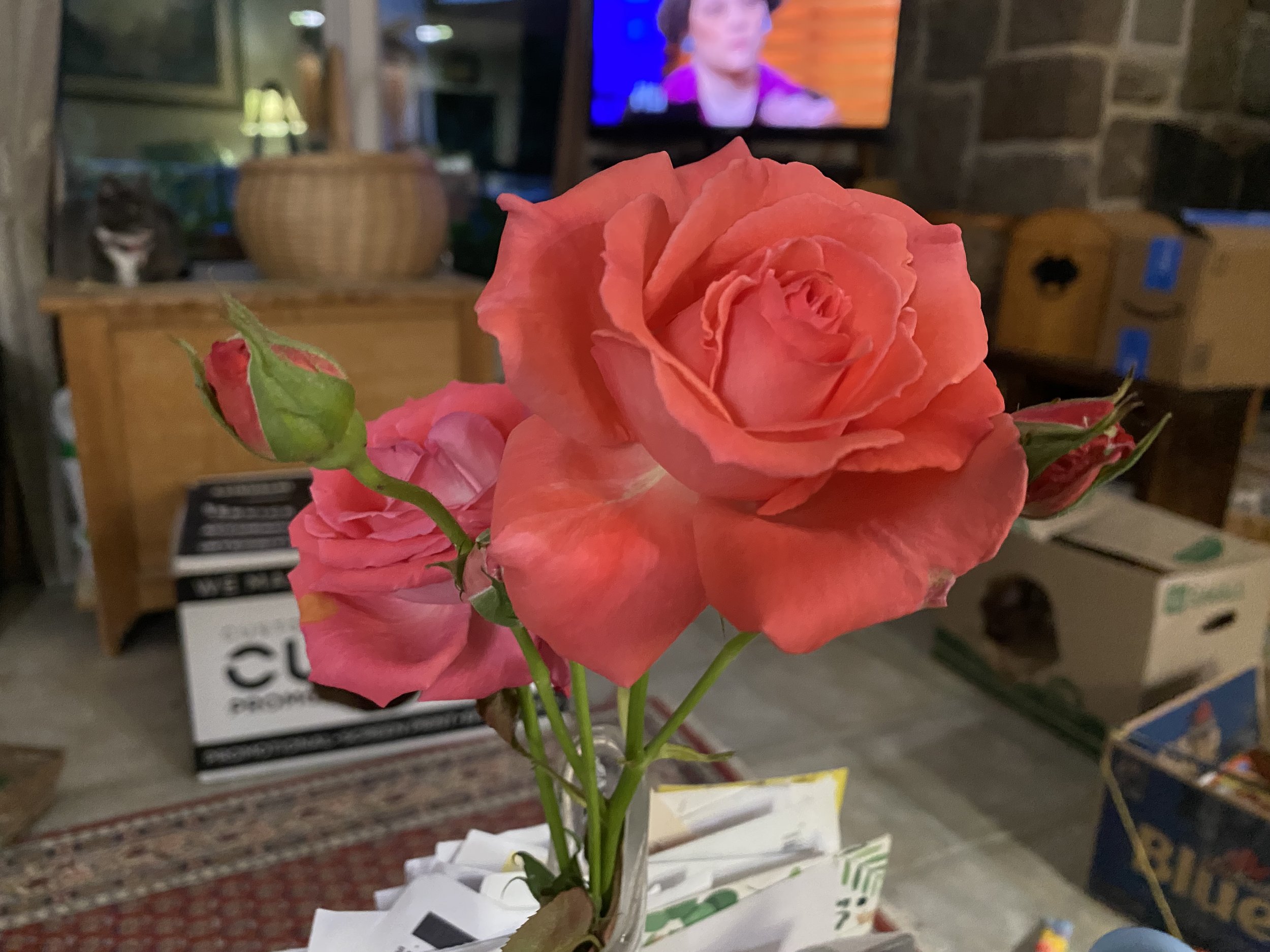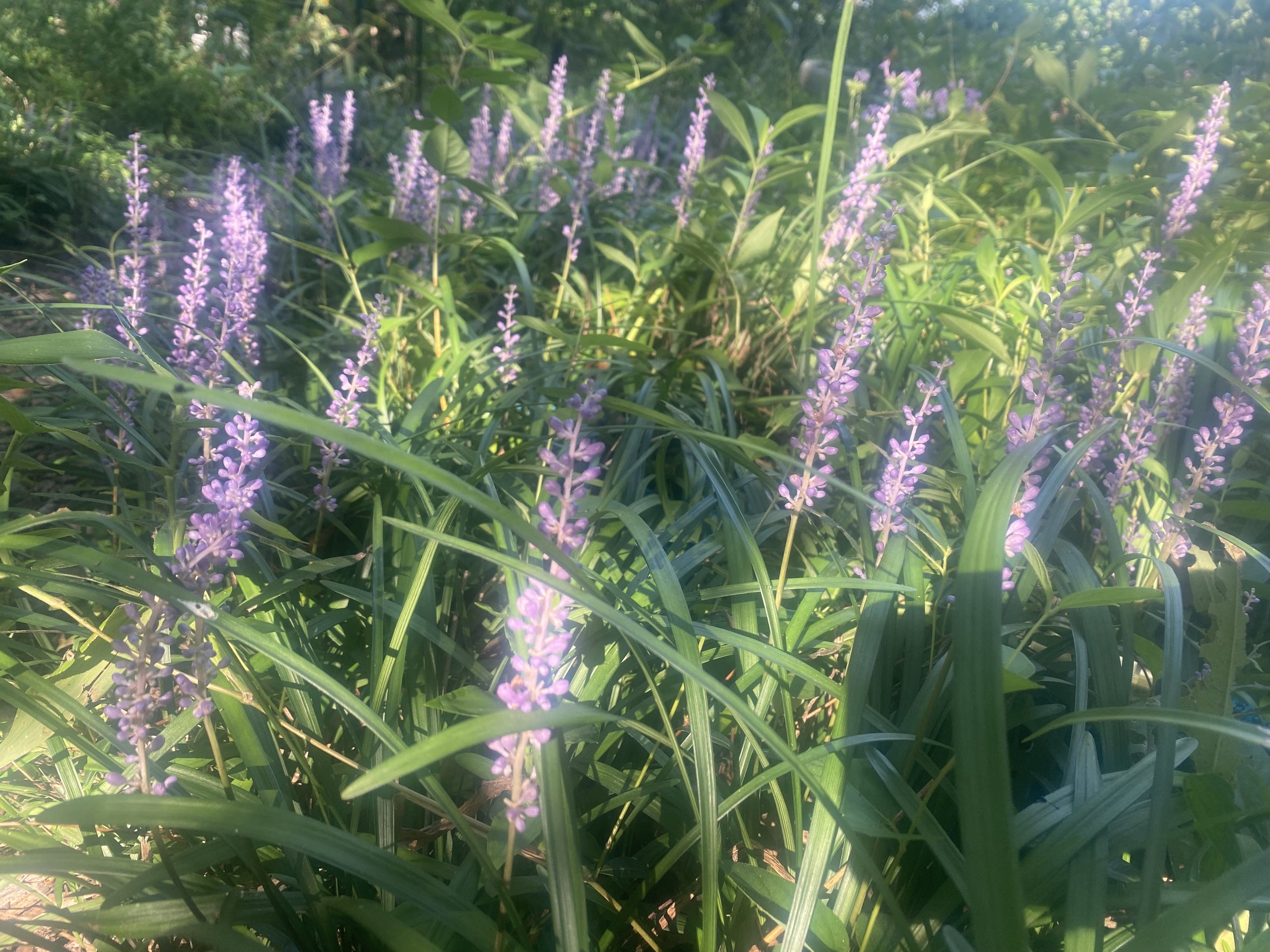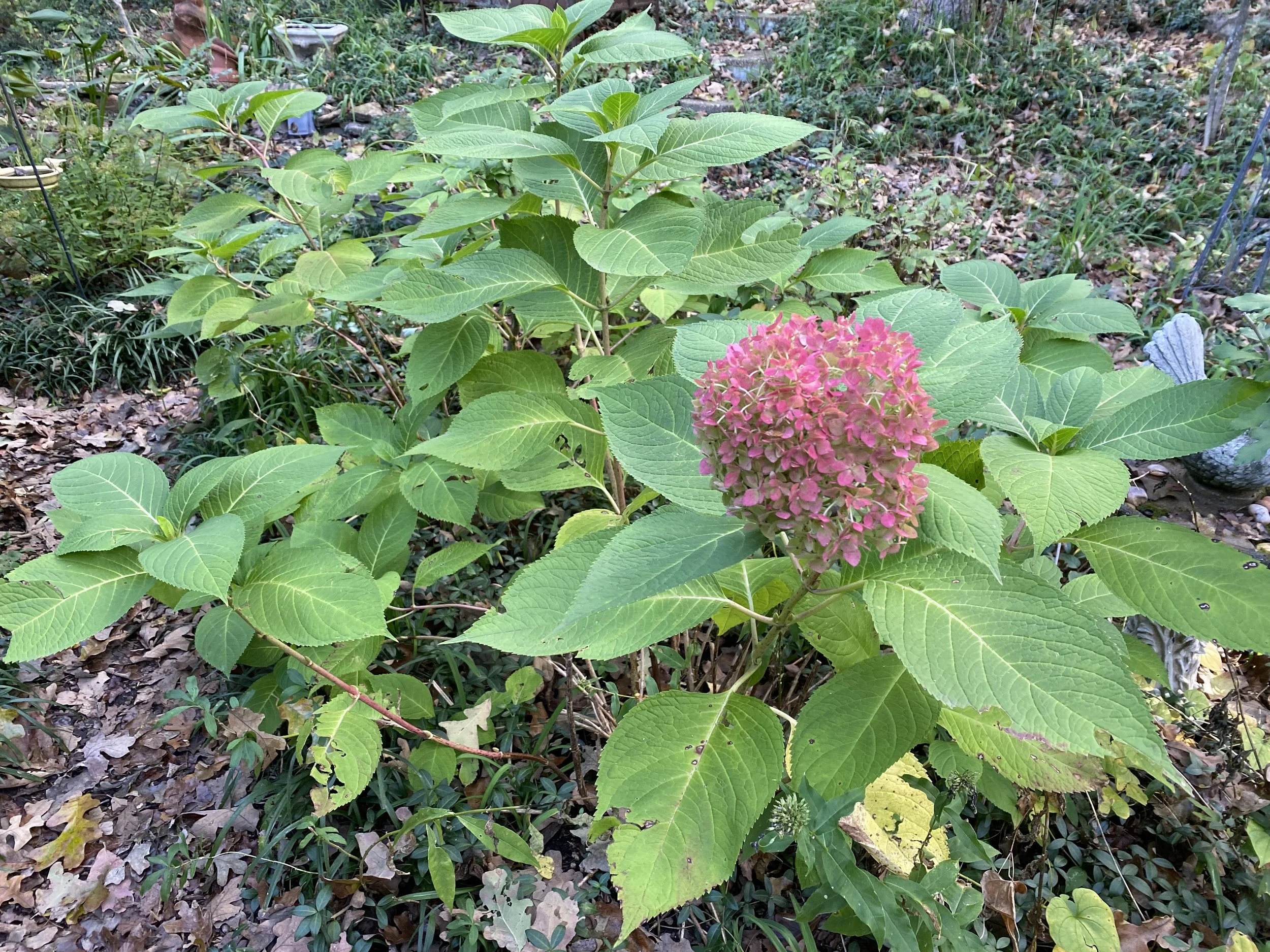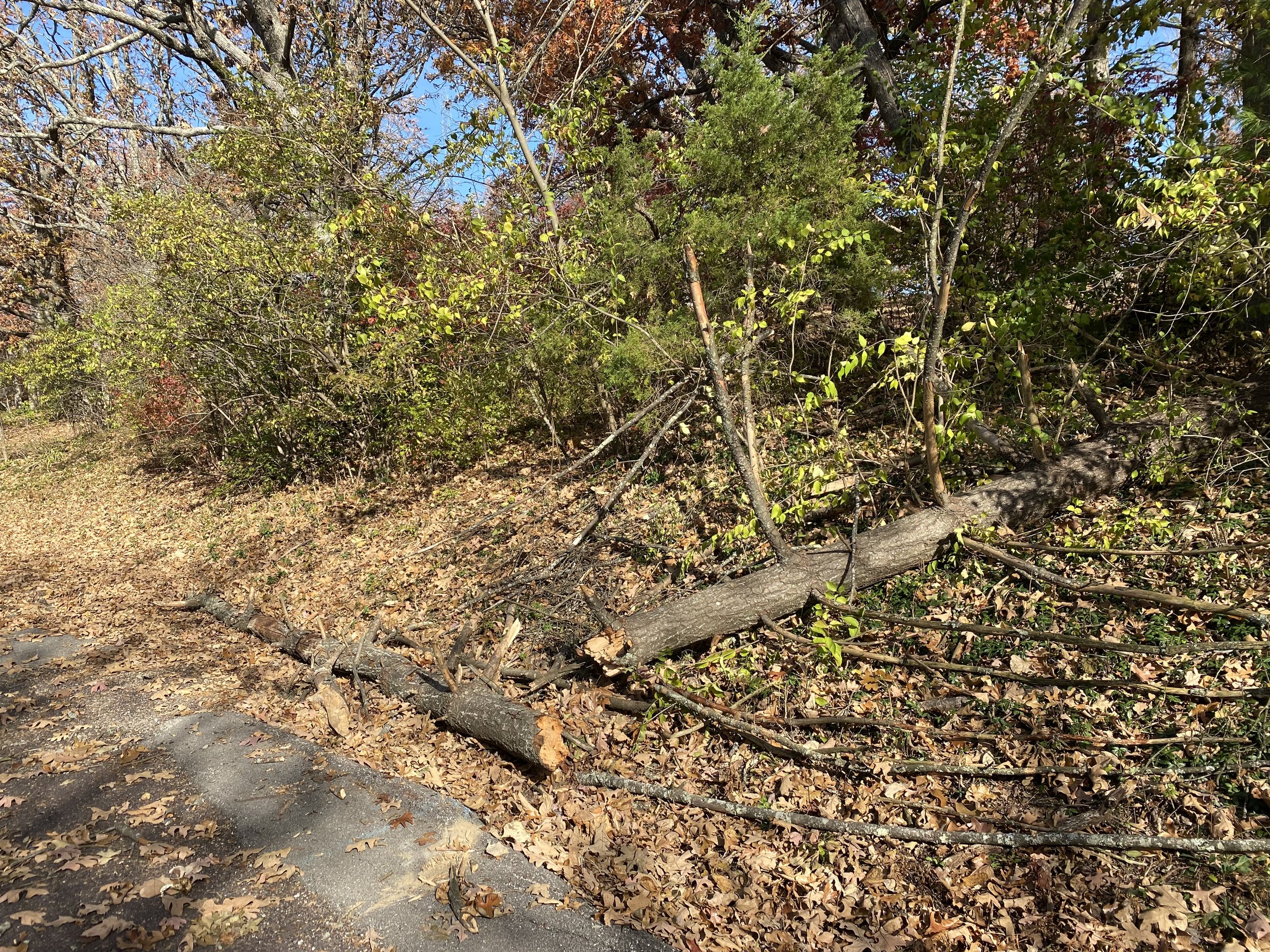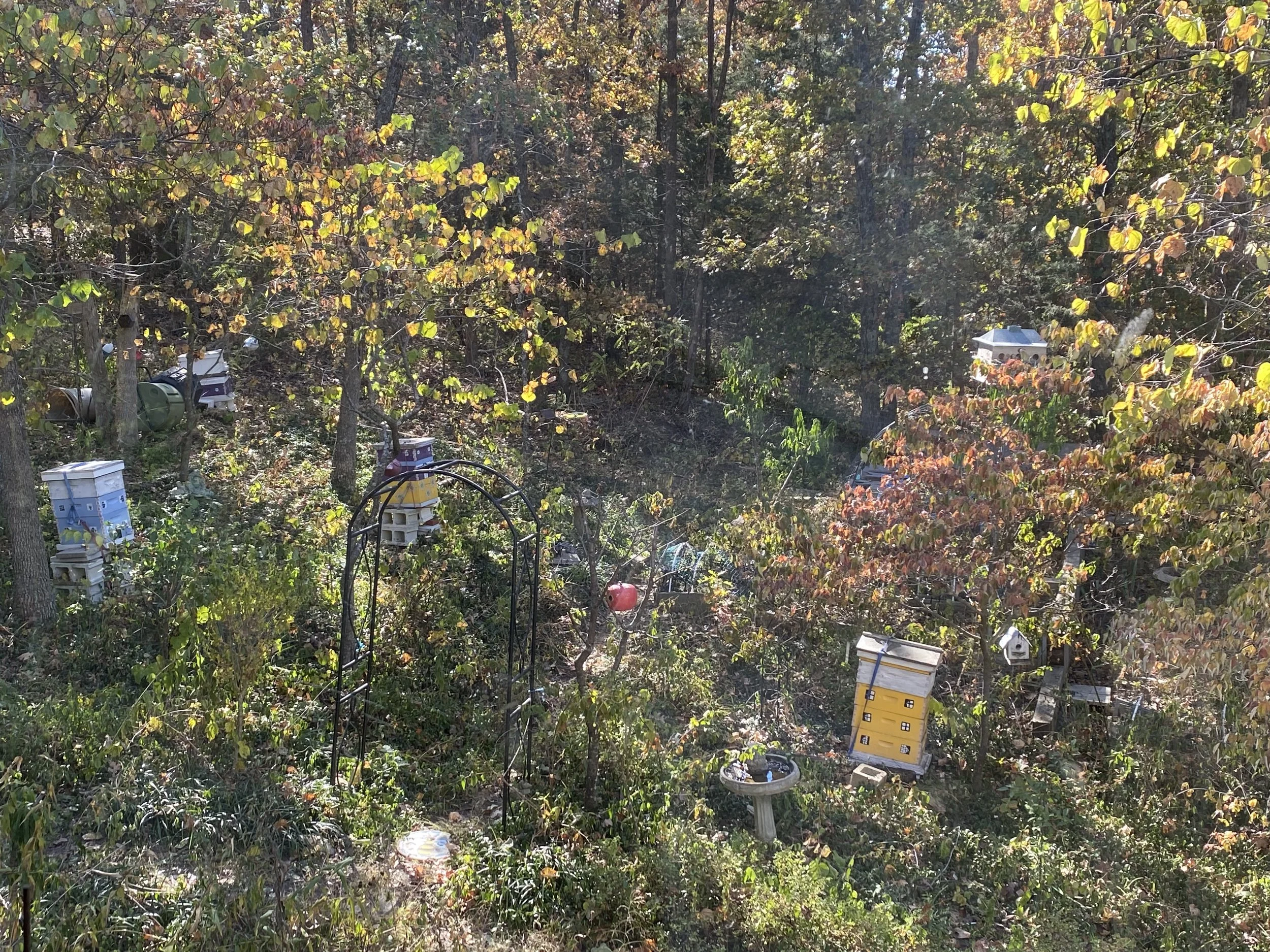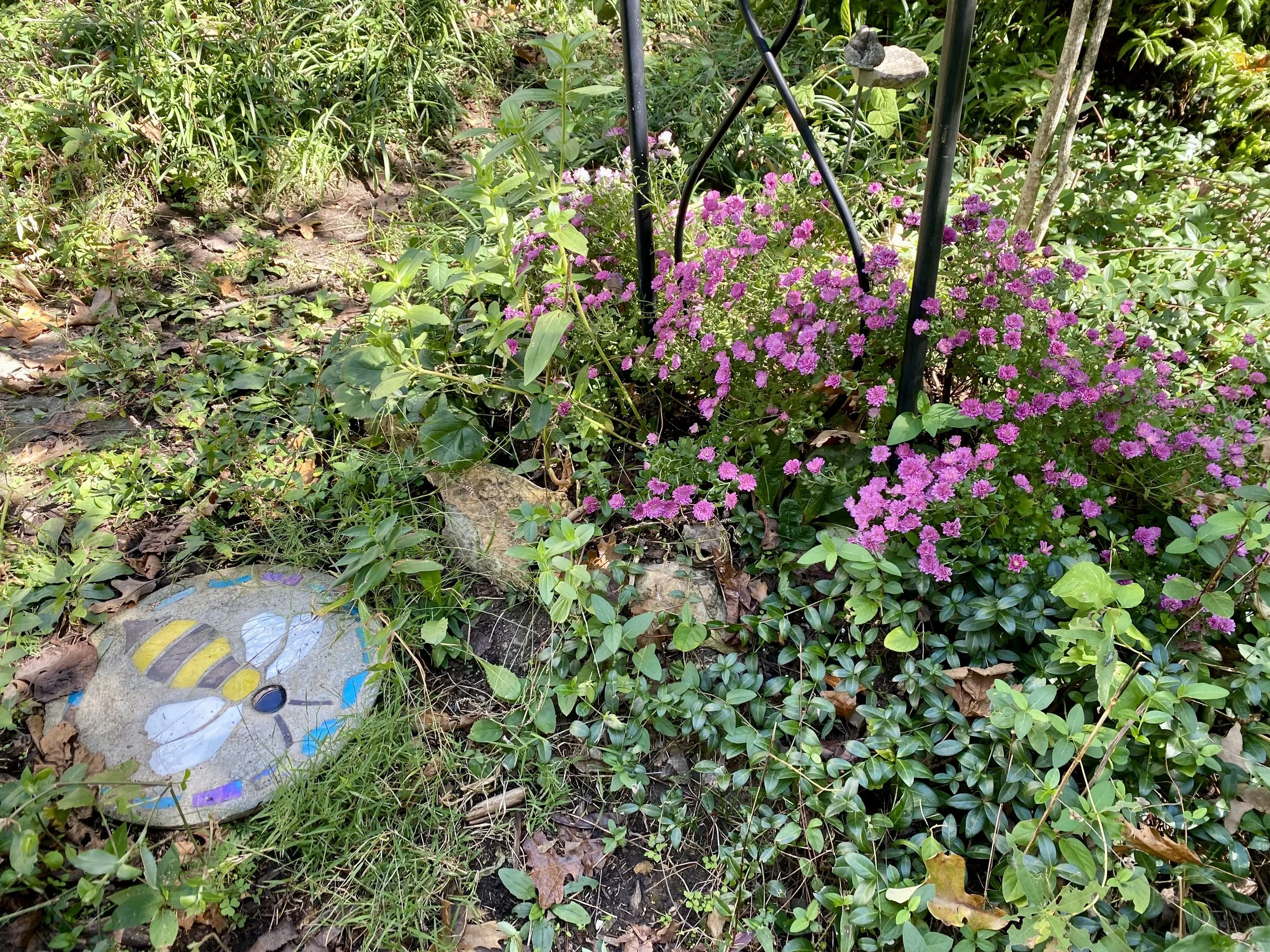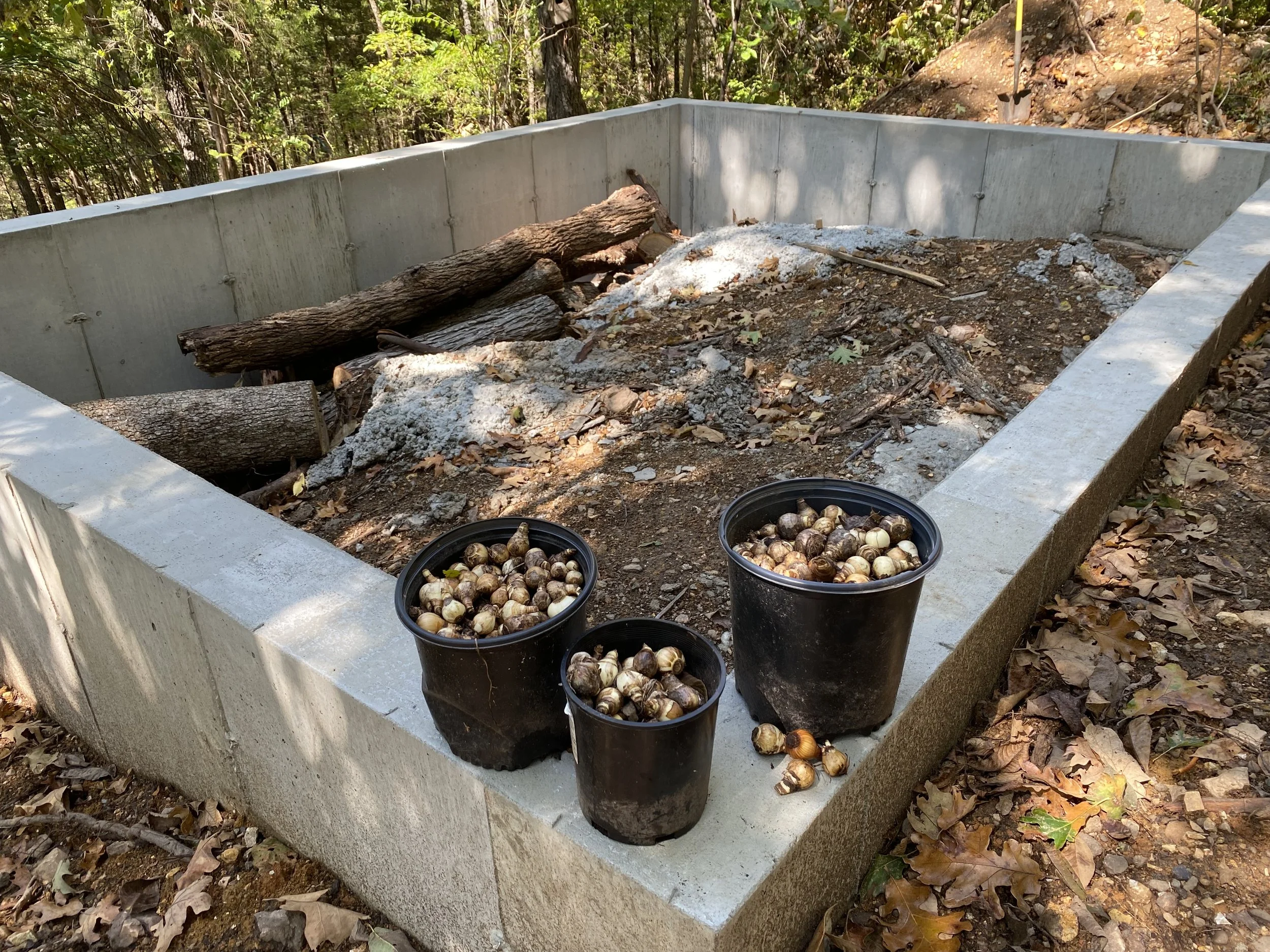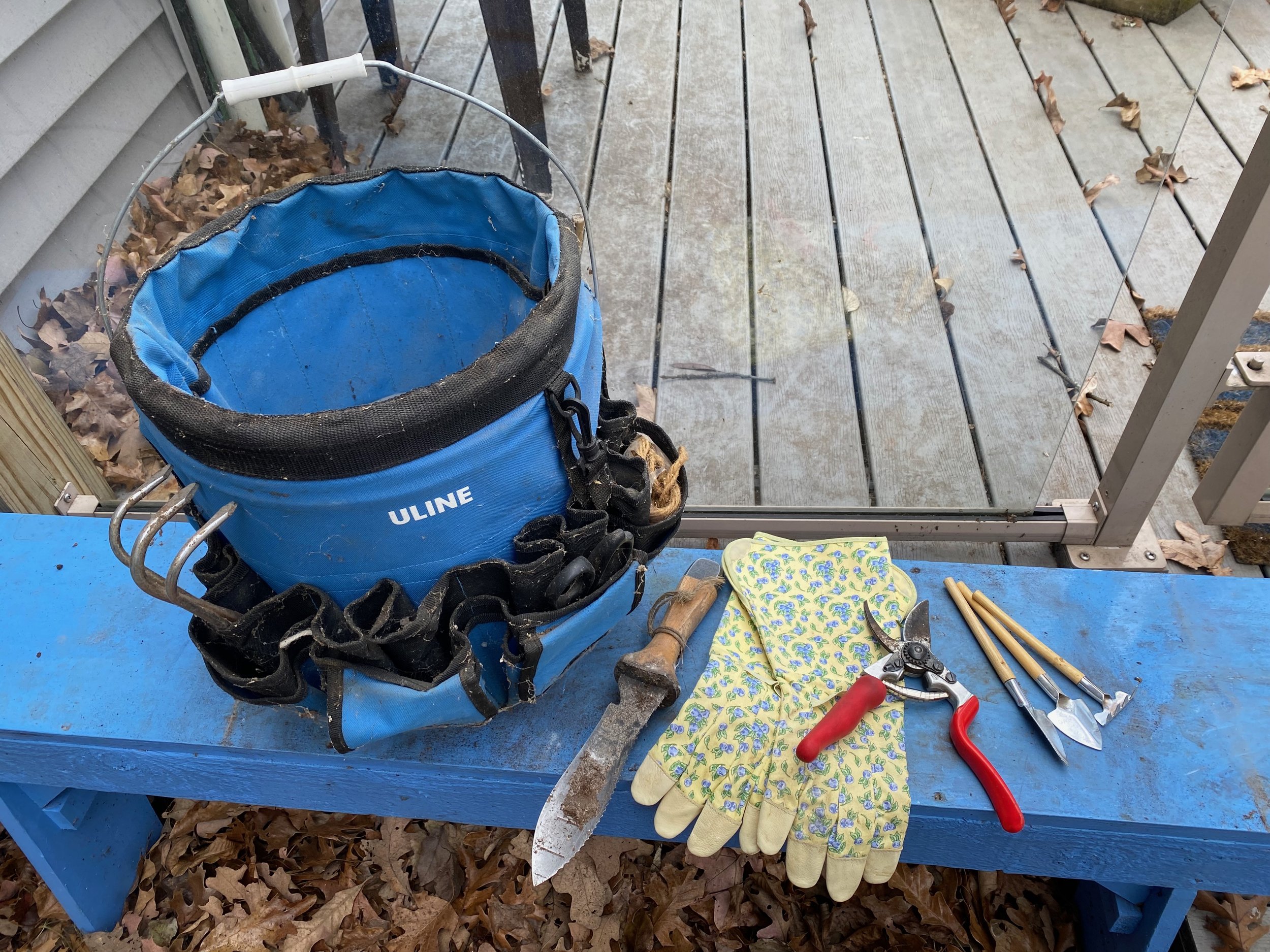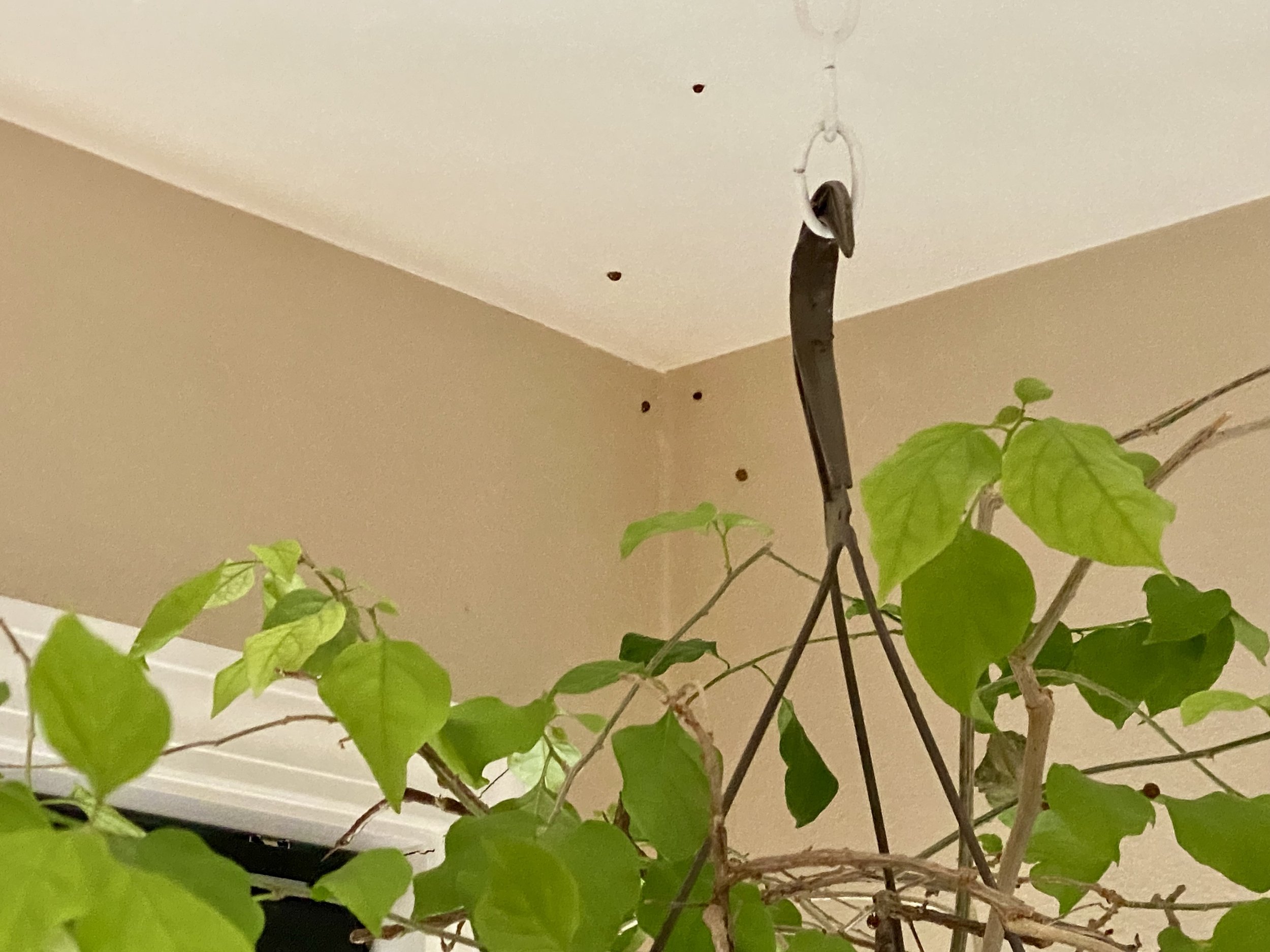Ten Tips to Grow Roses
/isn’t this lovely? It’s the first thornless rose from a climbing rose I planted thsi year. (charlotte ekker wiggins photo)
Ten Tips to Grow Roses
Let’s face it, growing roses in usda zone 6b can be challenging. I decided to try again last year when I bought bare root roses and kept them in pots for a year. They wintered over in their pots buried into their destined growing spots, then were taken out of their pots and planted this spring. Compost and worm castings are feeding their soil; a wet spring has made their transition easier.
Here are ten tips if you also want to try to grow roses:
1. Winter Hardiness
Opt for roses bred for winter hardiness and disease resistance. Excellent choices include:
Shrub roses like Knock Out® and Oso Easy® (Knock Out has two varieties that have scent)
Rugosa roses (very hardy and fragrant)
Older heirloom roses (many are resilient once established)
Miniature roses, which are a shrub rose, have worked well for me in the past.
2. Full Sun
Roses need 6–8 hours of direct sun daily. Morning sun is especially important to dry dew and prevent fungal diseases.
3. Well-Drained Soil
Amend heavy clay with compost and aged manure. Raised beds or mounded soil help avoid root rot, especially in wet springs.
4. Water Deeply but Infrequently
Water at the base, not overhead. In Zone 6b, aim for about 1–2 inches per week.
5. Mulch
Apply a 2–3 inch layer of mulch (shredded bark, leaf mold, compost) to:
Retain soil moisture
Suppress weeds
Prevent soil splash (reduces fungal spores)
6. Prune in Early Spring (March–April)
When forsythia bloom, it’s time to:
Prune out dead/damaged canes
Shape the plant
Open the center for airflow (reduces disease)
7. Feed Regularly but Stop in Late Summer
Use a balanced rose fertilizer (e.g. 10-10-10 or an organic rose mix) starting in early spring. Stop feeding after mid-August so plants harden off before frost.
If in a drought, don't fertilize or your stressing your roses.
8. Winter Protection. In late fall:
Stop deadheading and pruning
Mound soil or mulch 8–12 inches high around the base
For tender types, wrap with burlap or use rose cones (with ventilation)
9. Scout for Pests and Diseases Weekly.
Zone 6b’s humidity encourages issues. Watch for:
Japanese beetles (June–July): skeletonize leaves
Aphids: cluster on buds and new growth
Spider mites (hot, dry spells): stippled yellowing leaves
Black spot: dark leaf spots, yellowing and drop
Powdery mildew: white coating on leaves
Use Neem oil, insecticidal soap, or hand-picking early. Favor resistant varieties to minimize issues.
10. Practice Good Garden Hygiene
Remove all fallen leaves in fall to reduce disease spores. Clean pruners between plants to avoid spreading viruses or fungi.
For more gardening, beekeeping, cooking and easy home decor tips, subscribe to Garden Notes.
Charlotte

